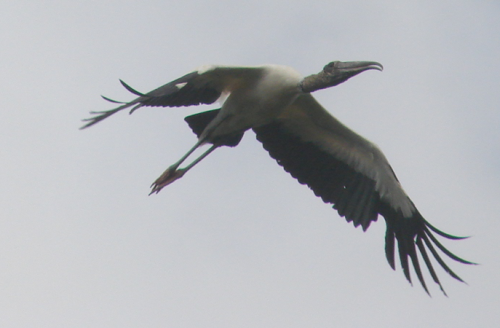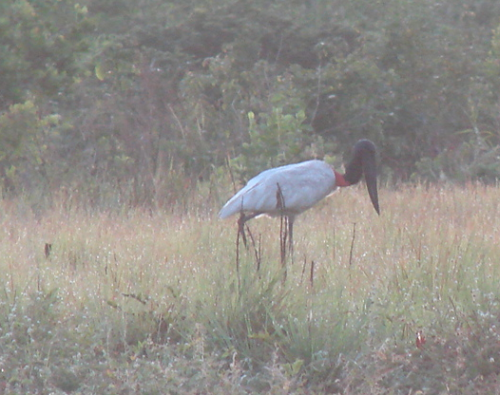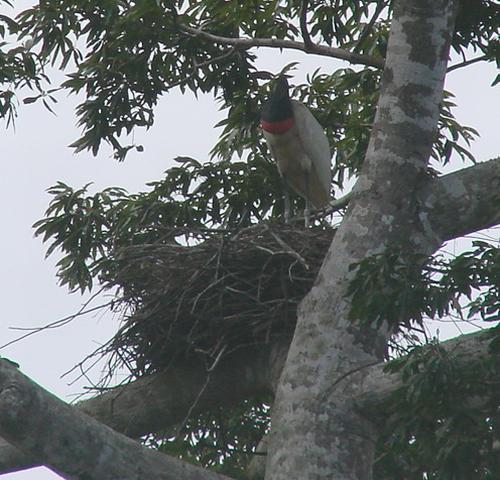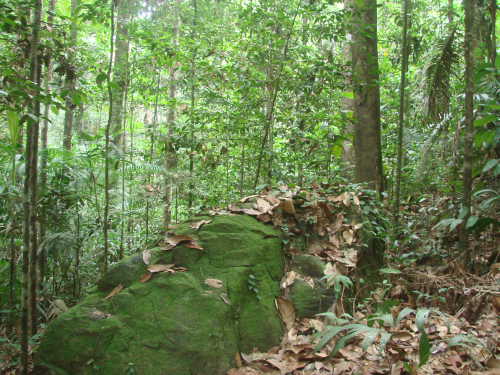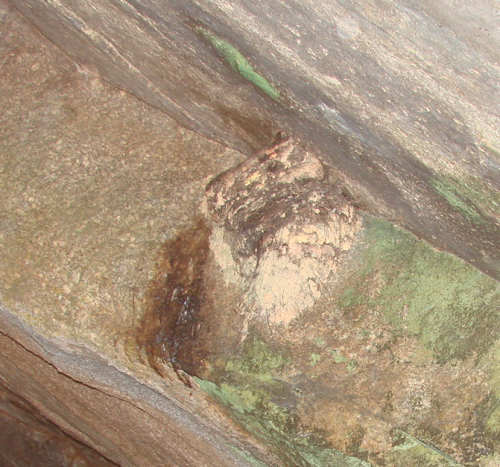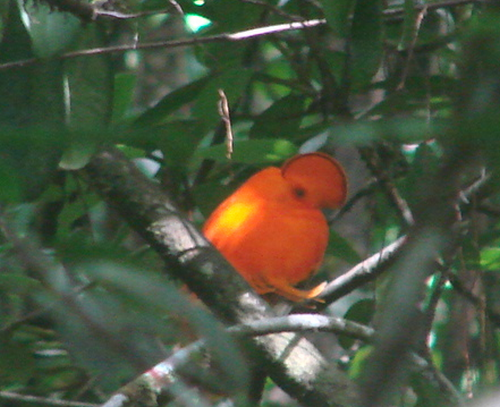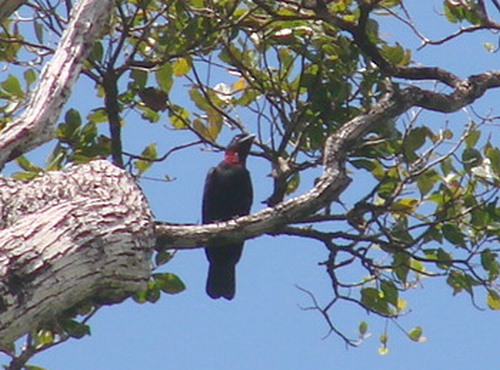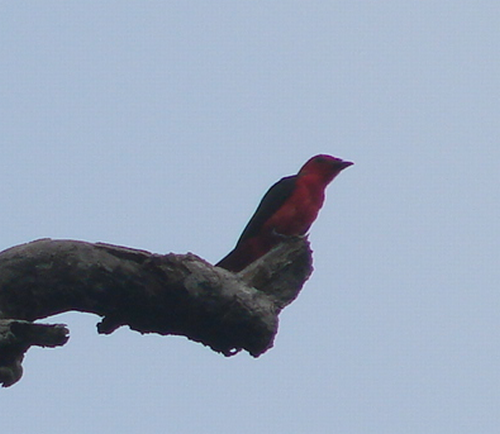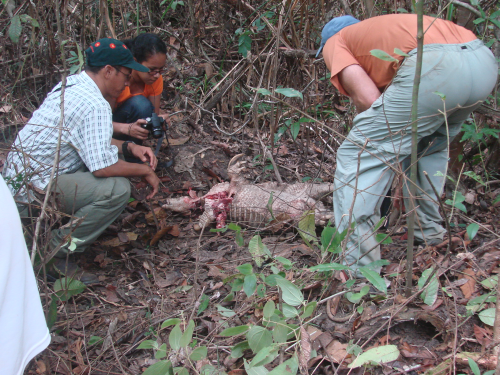Herons and egrets are always a bonus on any trip to the Neotropics; two species in particular were among my favorites on my November visit to Guyana. Both are closely related to familiar North American species, both, though, stunning in their own distinctive ways.
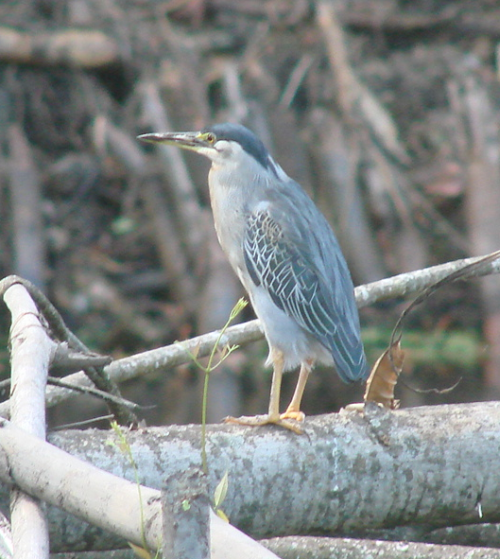
Striated Heron is the southern counterpart of “our” Green Heron, and in fact the two have been considered conspecific at various times. Striated, which occurs in widely in both the Old World and New World tropics, differs from Green Heron in adult plumage by, most notably, the neck color: rich chestnut in Green, lovely dove-gray in Striated. The juveniles are much more similar, as I would discover to my dismay in Panama a few weeks later….
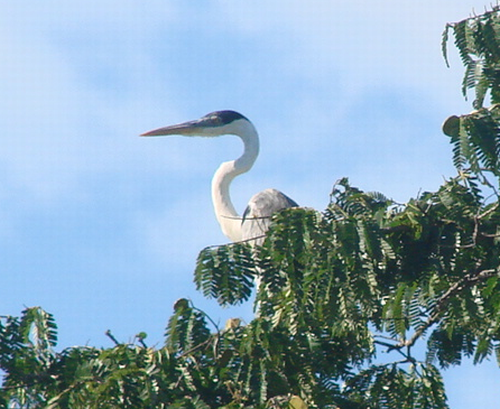
Cocoi Heron, known alternatively (and preferably, to my mind) as “White-necked Heron” is a large and gangly Ardea, a congener of such familiar northern species as Great Blue and Gray Herons. I’d never seen this species until my Guyana trip, and was delighted to find it common along the large rivers we visited. It is superficially similar to Great Blue, as expected, but the neck and bill are longer and the plumage, of course, much whiter, without the rufous highlights of its northern counterpart; notice, too, the lovely head pattern, with the black cap coming down low on the cheek setting off the whitish supraloral.
The photo shows a typical view of the bird half-concealed in the foliage; I don’t think I ever saw the entire bird at once except in flight!


